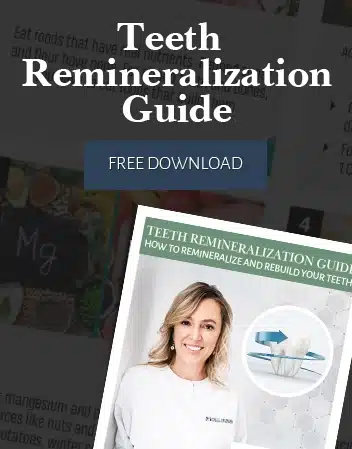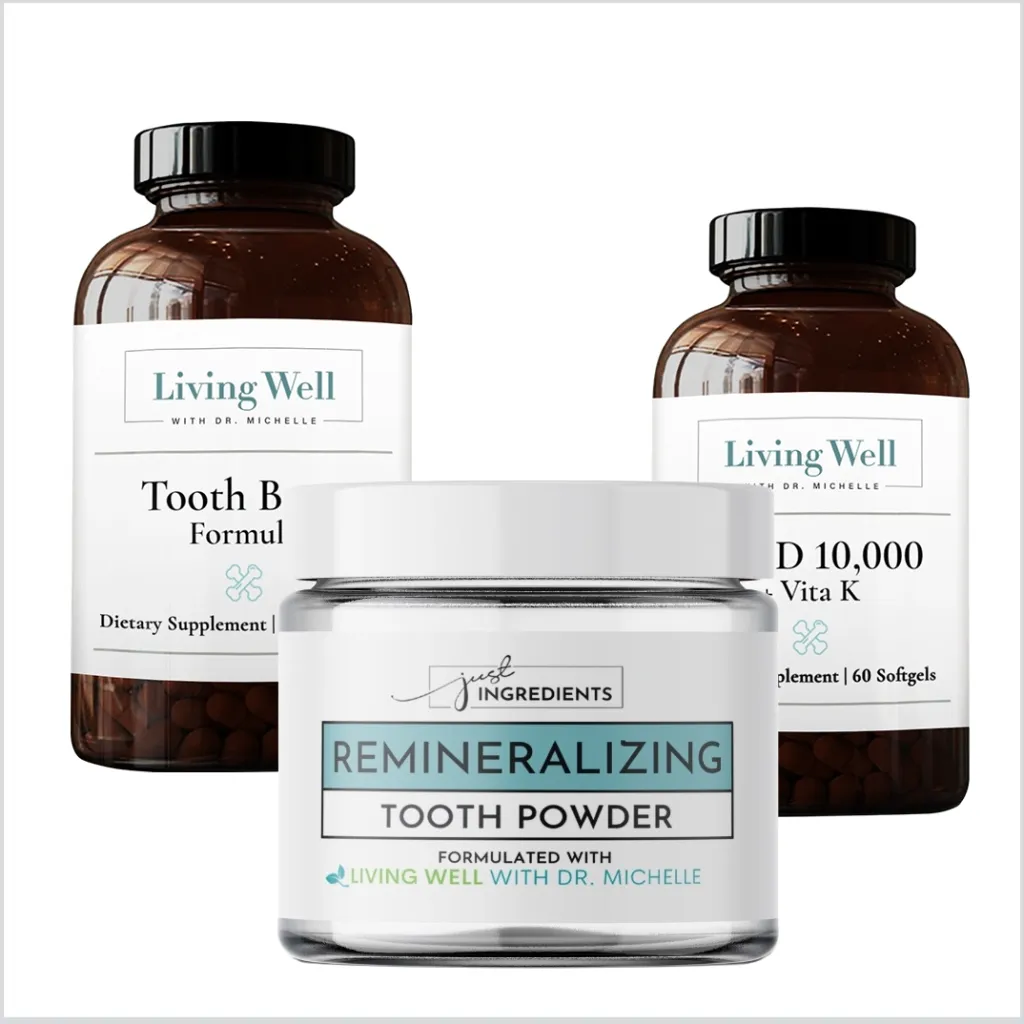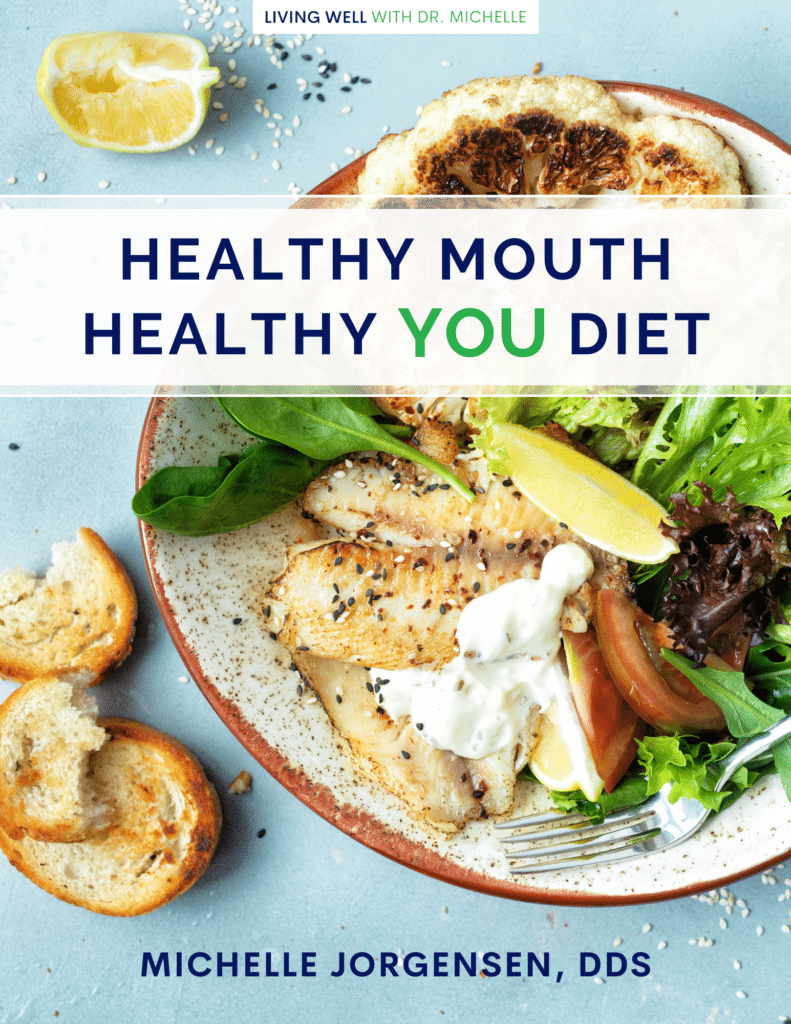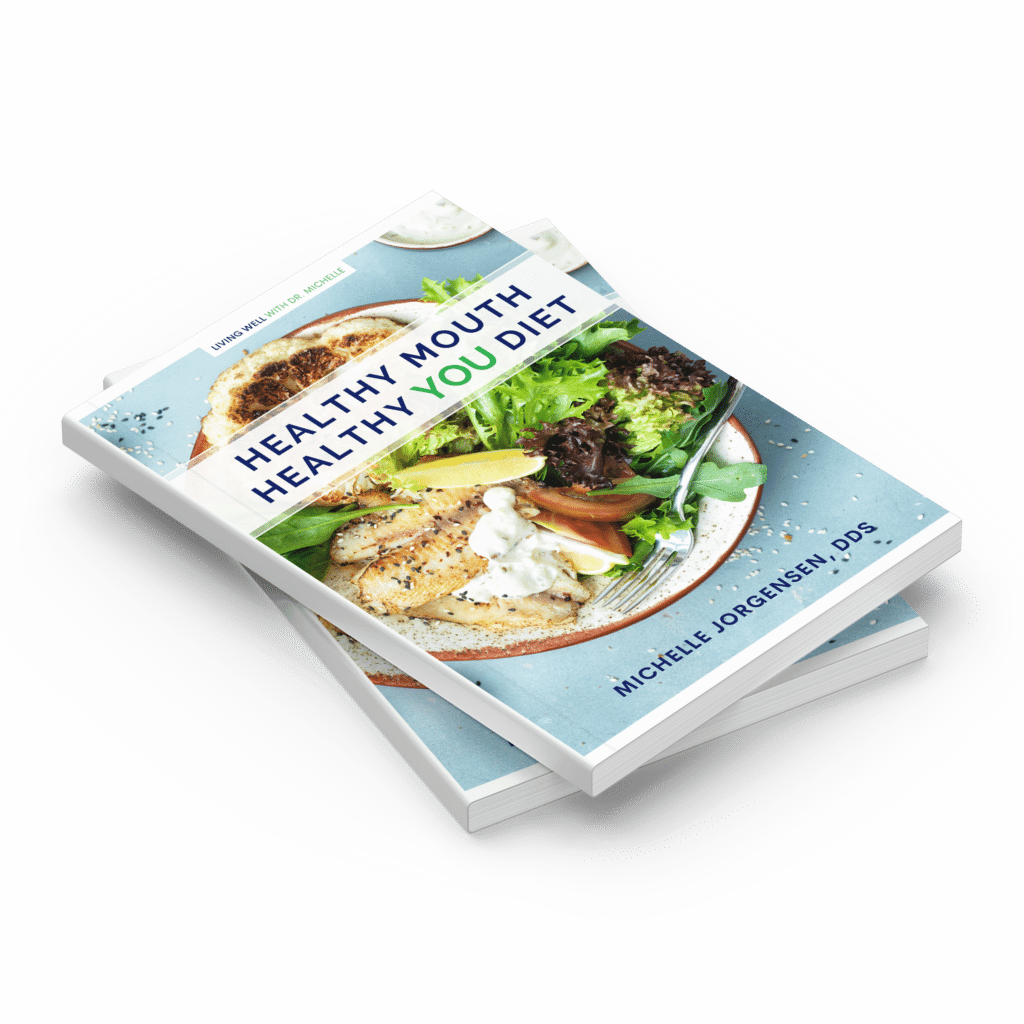
Dr. Michelle Jorgensen
You Can Heal Your Teeth! – Simple Tips for Reversing Tooth Decay
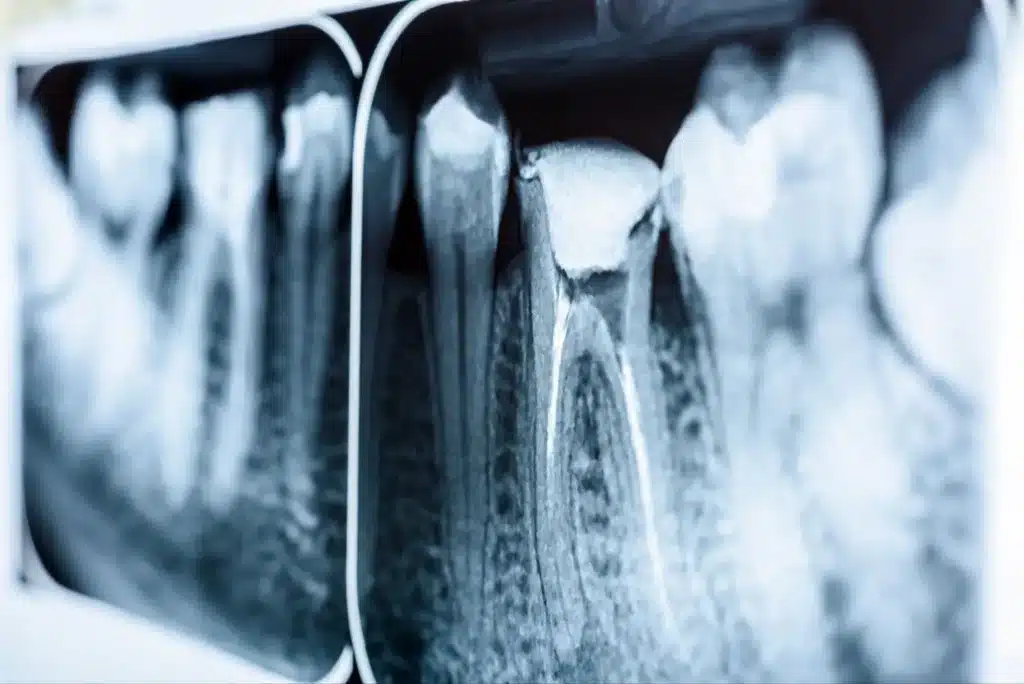
Are you tired of dealing with cavities and dental issues? Would you like to prevent and reverse tooth decay naturally, without the need for invasive and costly dental treatments? You’re in luck! This comprehensive guide will provide you with valuable insights, practical tips, and natural remedies for healing cavities naturally and reversing tooth decay. So, let’s dive in and explore mouth and tooth health and its relationship to our overall health.
Key Takeaways
- Understanding tooth decay and cavities is essential for proper oral hygiene.
- Natural remedies such as oil pulling and aloe vera and nutrient-rich foods can help to reverse cavities.
- Regular dental checkups are necessary to identify advanced signs of tooth decay for prompt treatment.
Understanding Tooth Decay and Cavities
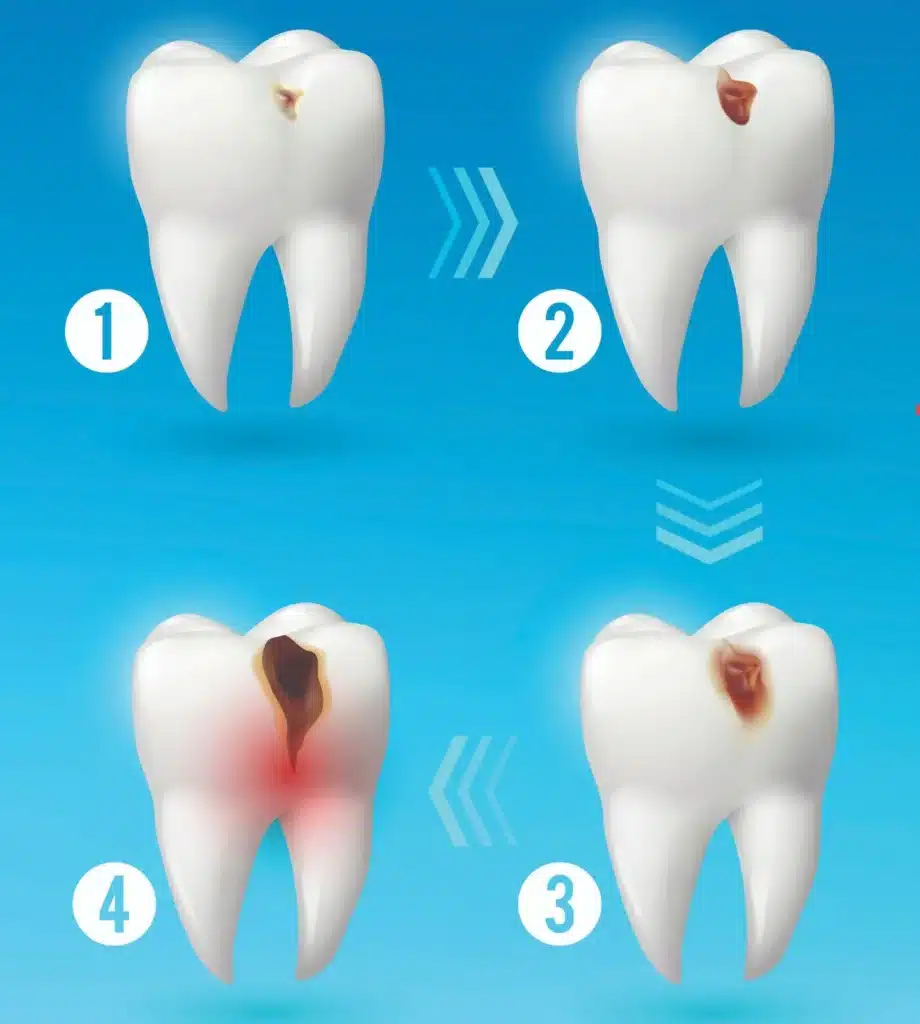
Tooth decay and cavities are caused by two main things…
- The first is harmful bacteria that produce acids, leading to dental plaque and enamel erosion.
- Cavities are also caused by the body “stealing” minerals from the teeth when the body is nutrient deficient.
Understanding this process is fundamental to stopping and reversing cavities naturally. Regular dentist visits can also help identify and treat cavities early, preventing further damage and potential complications.
Saliva and minerals, especially hydroxyapatite, are also instrumental in enamel repair by neutralizing acids produced by bacteria, helping ward off tooth decay and gum disease. A well-rounded diet rich in nutrients that promote dental health, combined with proper dental hygiene practices and the right supplements, can help reverse untreated tooth decay and prevent cavities from forming.
The Role of Bacteria and Minerals
Bacteria in the mouth eat sugars and carbohydrates. This leads to the production of acids that dissolve tooth enamel and lead to cavities. However, it is possible to reverse cavities naturally through remineralization, a process that rebuilds and strengthens enamel..
Eating fewer foods high in sugars and carbohydrates gives a better environment for healing and remineralization.
Enamel Erosion
The formation of cavities begins with enamel erosion, but early detection can allow remineralization to reverse this process. Some ways to promote remineralization and maintain a healthy smile include:
- Saliva can deposit minerals such as calcium and phosphorus onto the teeth, bonding with the enamel and repairing the damage.
- Hydroxyapatite aids in the remineralization of tooth enamel, reducing the risk of cavities.
- Maintaining good oral hygiene practices, such as brushing and flossing regularly, can help prevent enamel erosion and promote remineralization.
By following these steps, you can help protect your teeth and maintain a healthy smile.
Visiting a dentist regularly and having frequent dental examinations are important in identifying early-stage enamel erosion, providing the opportunity for prompt intervention and halting further tooth decay.
Natural Remedies for Healing Cavities
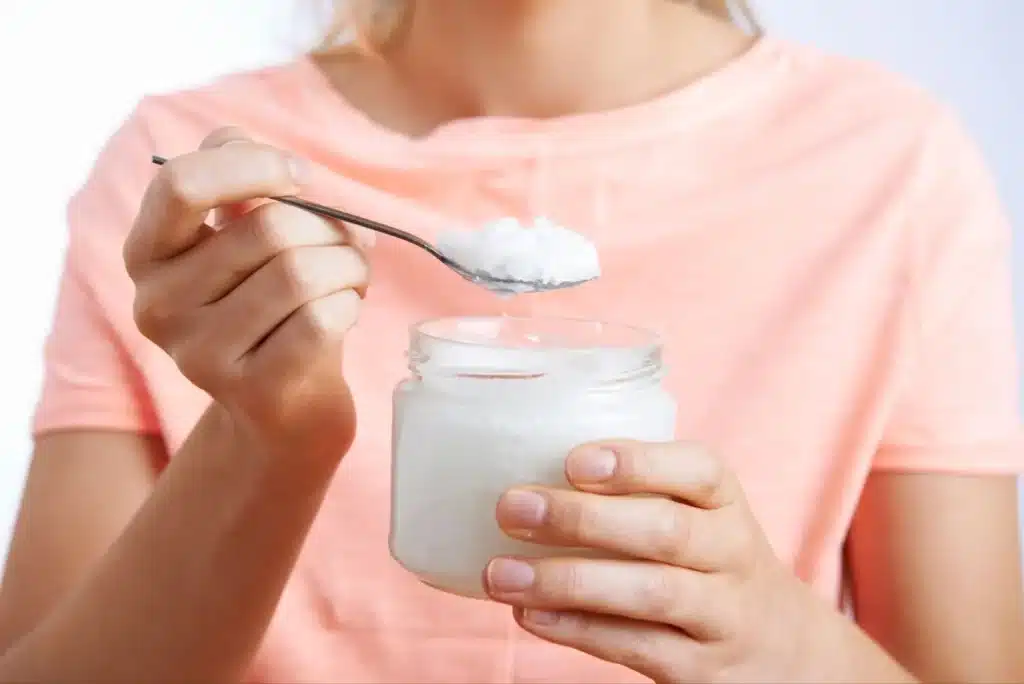
Incorporating natural remedies like oil pulling and aloe vera into your oral care routine can help improve oral health and prevent cavities. These remedies have been known to reduce plaque, bacteria, and inflammation in the mouth, ultimately leading to healthier teeth and gums.
Oil Pulling
Oil pulling is an ancient Indian remedy that involves swishing oil, such as sesame or coconut oil, around the mouth to clean the mouth and teeth. This practice has been associated with a reduction in bacteria in the mouth, plaque buildup, and inflammation in the gums, ultimately promoting improved dental health and reducing the risk of cavities.
Use one Tablespoon of oil and swish through and around the teeth for ten to fifteen minutes. Spit out into a tissue and discard in the trash. Integrating oil pulling into your daily oral care regimen can contribute to a healthy, cavity-free smile.
Aloe Vera
Aloe vera gel may help to:
- Inhibit bacterial growth
- Disinfect cavities
- Promote a healthier oral environment
- Deter bacterial growth
- Potentially prevent bacteria buildup
- Aid in the reversal of tooth decay
Use one teaspoon of aloe vera gel and rub onto the teeth and gums. Spit excess out. Its disinfecting properties can also help eliminate bacteria and other microorganisms that cause tooth decay, making it a valuable addition to your oral care routine.
Essential Nutrients for Remineralization
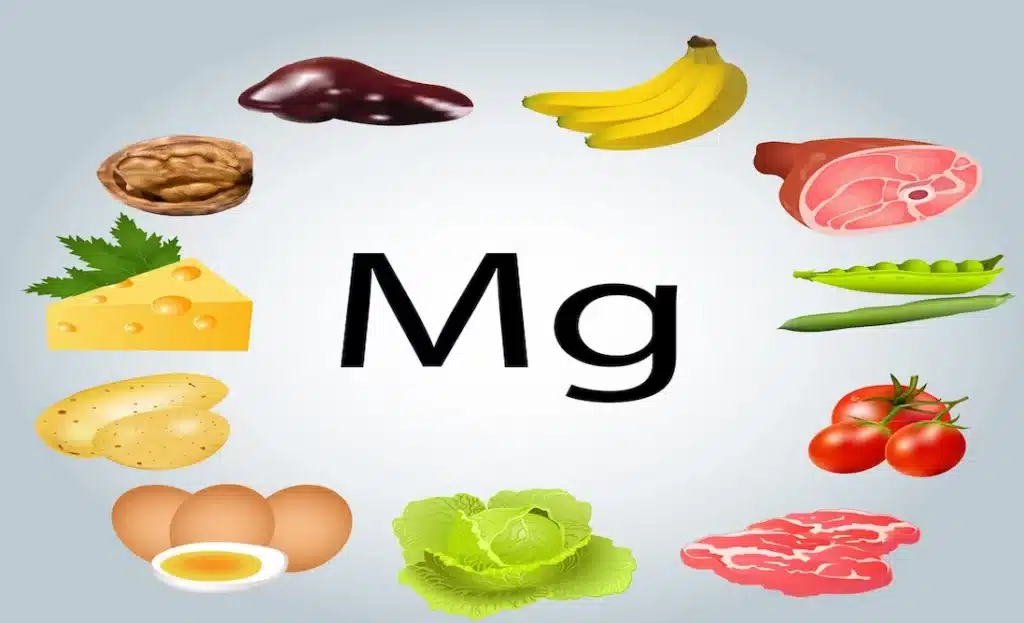
Calcium, vitamin D, magnesium, and phosphorus are essential nutrients that play a vital role in remineralizing teeth and reversing tooth decay. Enamel is made of a mineral complex called hydroxyapatite that is a calcium apatite (calcium phosphate), and is a key component of both teeth and bones. These nutrients contribute significantly to rebuilding enamel, strengthening teeth, and protecting against cavities.
Adequate consumption of these crucial nutrients, either through diet or supplementation, can significantly enhance your oral health and ward off future dental problems.
Calcium
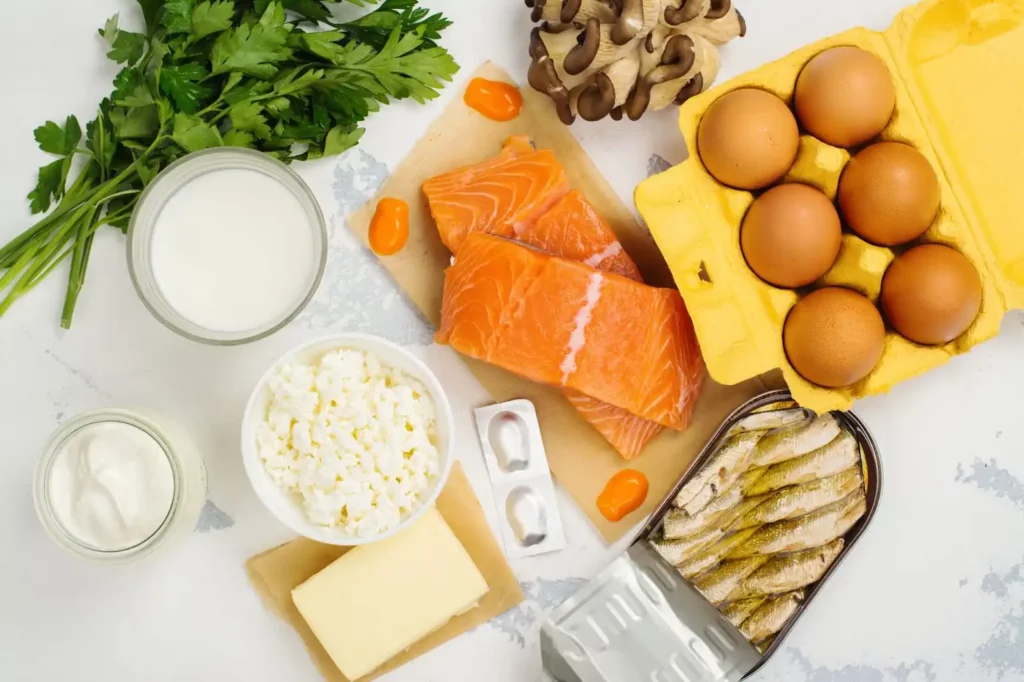
Calcium is crucial for strengthening teeth and bones, as well as facilitating the transportation of calcium to the necessary locations via the bloodstream or saliva. Consuming calcium-rich foods such as raw dairy products and leafy greens can help maintain strong teeth and promote the natural remineralization process.
Integrating calcium-rich foods into your daily meals can contribute significantly to overall dental health and prevention of cavities.
Vitamin D3 and Vitamin K2
Vitamin D3 and Vitamin K2 play an important role in transporting and facilitating calcium uptake into teeth, thus preventing weakness and decay. Adequate vitamin D3 and vitamin K2 levels can help ensure that calcium is absorbed and retained in the teeth, promoting strong and healthy enamel.
Magnesium and Phosphorus
Magnesium and phosphorus play a vital role in supporting healthy teeth and aiding in remineralization. These essential nutrients contribute to the strengthening of tooth enamel and resistance to tooth decay.
Foods to Consume and Avoid for Healthy Teeth
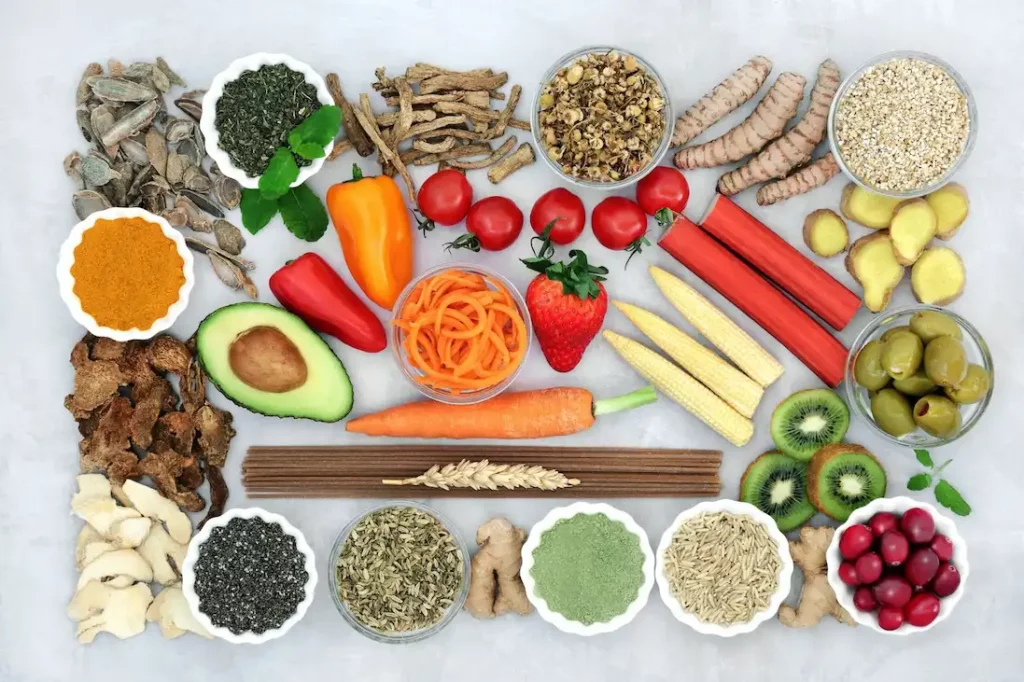
A well-balanced diet that includes beneficial foods and avoids harmful ones can promote healthy teeth and prevent cavities. Consuming foods rich in vitamins, minerals, and low in sugar can help maintain strong teeth, while avoiding sugary, acidic, and high-phytic acid foods can prevent tooth decay.
Beneficial Foods
Foods rich in vitamins, minerals, and low in sugar are advantageous for maintaining strong teeth. Examples of beneficial foods include:
- Fruits
- Vegetables
- Soaked, Sprouted or Fermented Grains, Nuts and Seeds
Incorporating “eat foods” into your daily diet, such as fermented foods, can help support overall dental health and prevent the formation of cavities, especially when choosing nutrient-dense options.
Foods to Avoid
To maintain healthy teeth and prevent tooth decay, it is important to avoid:
- Sugary foods like candy, cookies, and cakes, as they can promote bacteria growth and lead to cavities.
- Acidic foods and drinks, such as citrus fruits, tomatoes, vinegar, and sodas, as they can cause erosion of tooth enamel.
- Foods high in phytic acid, such as unsoaked, sprouted or fermented grains, nuts, and legumes, as they can lead to mineral deficiencies and tooth decay.
By avoiding these foods, you can help keep your teeth healthy and prevent dental problems.
Oral Care Practices and Products for Reversing Cavities
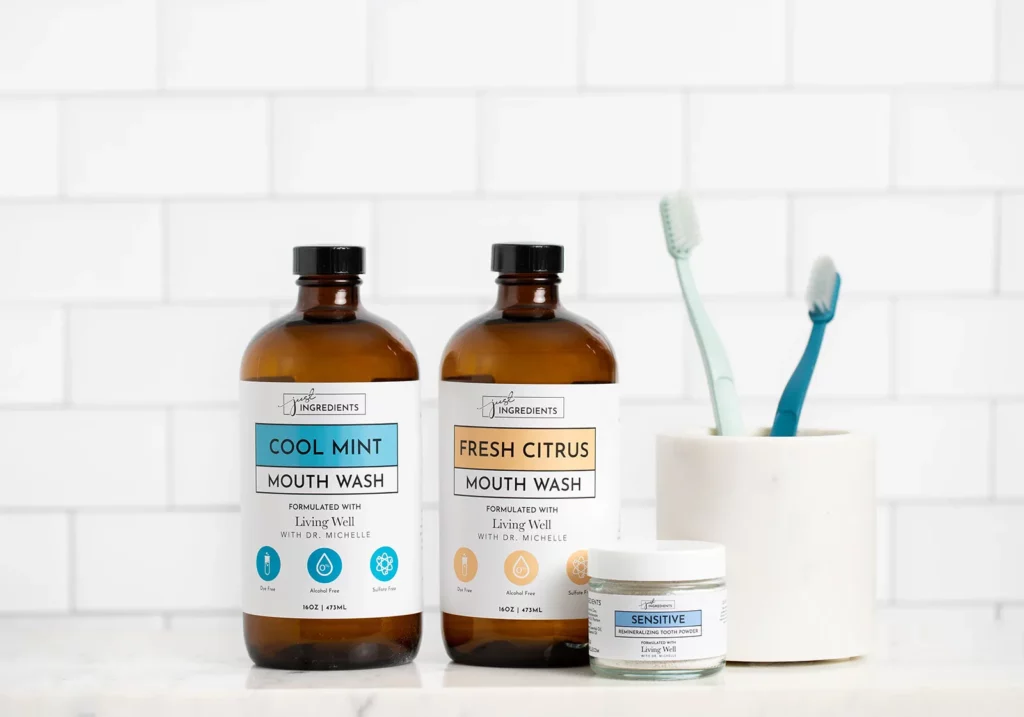
Proper oral care practices and products can aid in reversing cavities and maintaining healthy teeth. Sticking to a daily oral care routine that includes habitual brushing, flossing, and dentist-performed cleanings can aid in cavity prevention and reversal of tooth decay.
In addition, using remineralizing products like tooth powder, mouthwash, and supplements can help supply the necessary nutrients for remineralization, ultimately promoting a healthy and cavity-free smile.
Remineralizing Tooth Powder
Remineralizing tooth powder can help with the following:
- Rebuilding enamel
- Preventing tooth decay
- Eliminating tooth sensitivity
- Naturally removing plaque and stains
- Providing essential minerals to strengthen teeth and gums
Utilizing remineralizing tooth powder as part of your oral care routine can offer multiple benefits for your dental health, including natural whitening, gum strengthening, enamel rebuilding, and decay prevention.
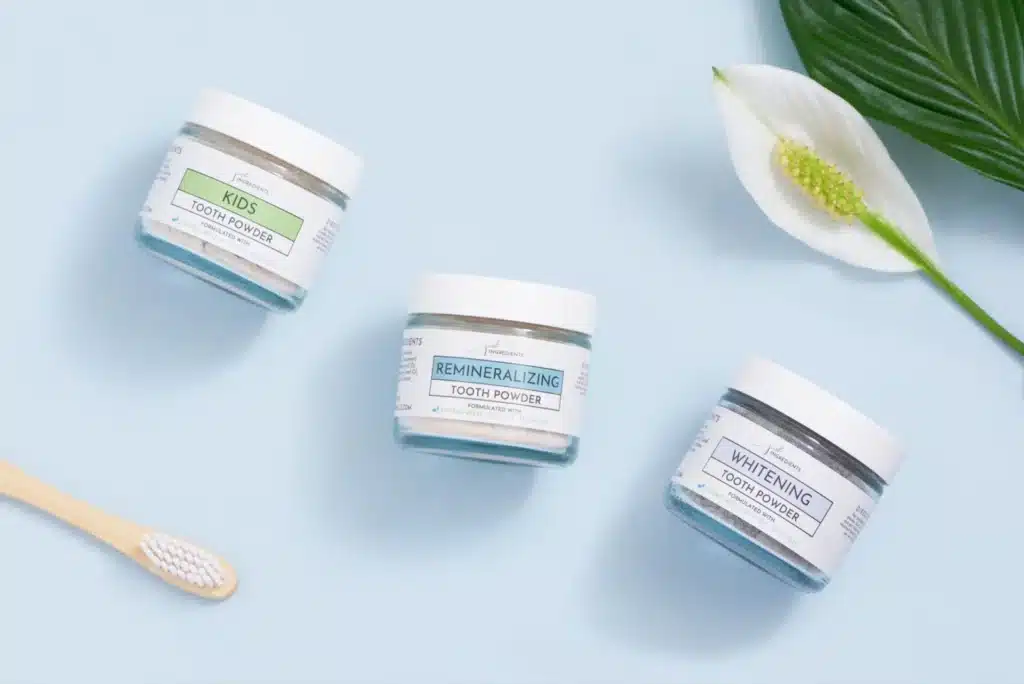
Remineralizing MouthWash
Remineralizing mouthwash promotes strong teeth, healthy gums, and fresher breath while targeting bad bacteria. Using remineralizing mouthwash daily can help remineralize teeth, stop demineralization and cavity formation, decrease plaque on teeth, and provide antimicrobial effects.
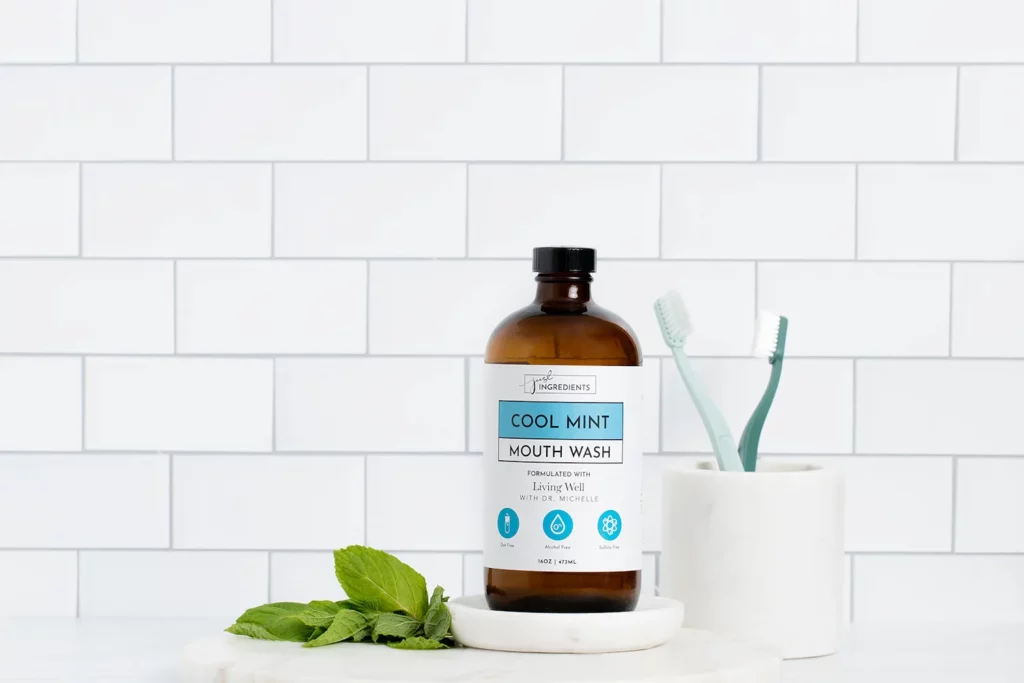
Incorporating a remineralizing mouthwash into your daily oral care routine can significantly improve your dental health and prevent cavities.
Click Here to Check Out My Remineralizing Mouth Wash
Remineralizing Supplements
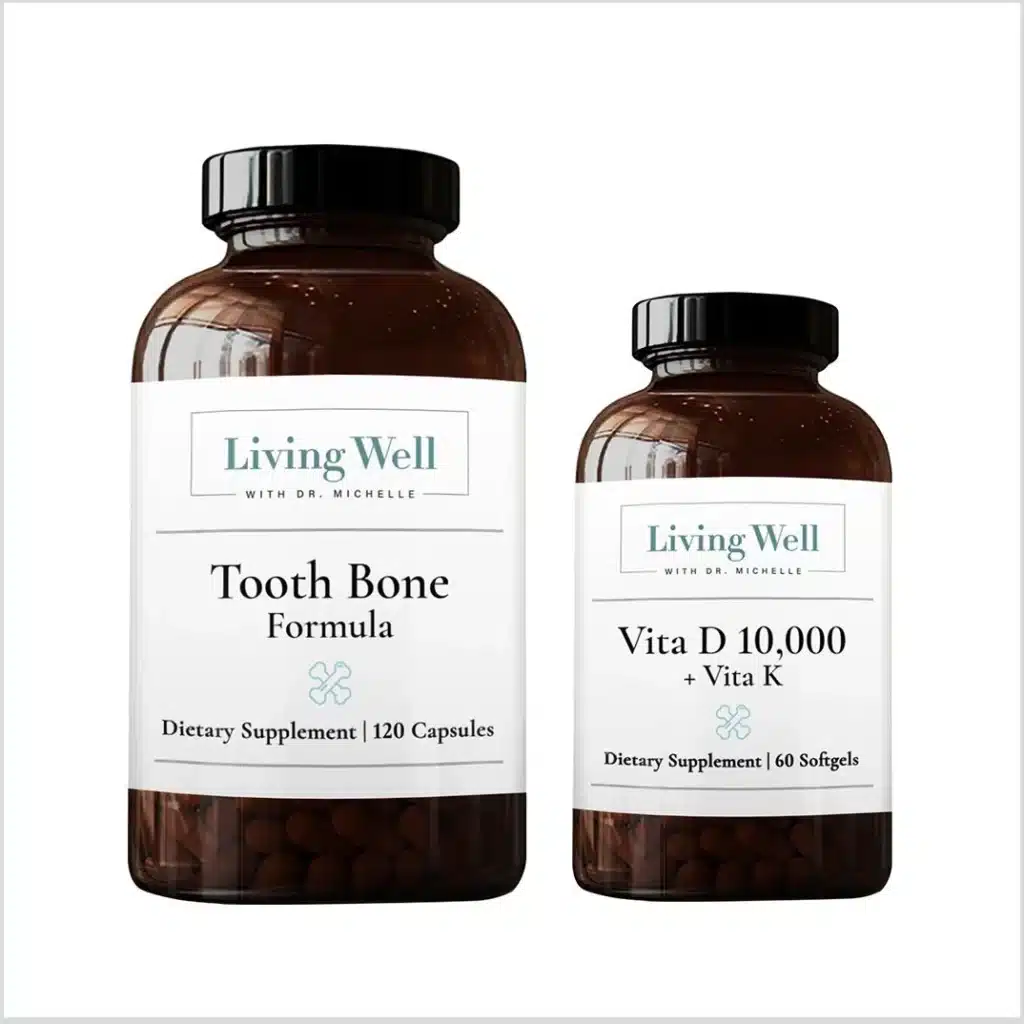
Remineralizing supplements provide essential vitamins and minerals for healing and remineralizing enamel. These supplements supply the body with the necessary vitamins, minerals, and nutrients to promote healing and remineralization of the enamel, thus building strong, cavity-resistant teeth.
Incorporating remineralizing supplements into your daily regimen can significantly enhance your oral health and guard against future dental problems.
Learn More About Remineralization Supplements Here
Recognizing When Professional Intervention is Necessary
While natural remedies and adequate oral care can assist in preventing and reversing early-stage cavities, it’s important to identify when professional dental intervention is needed to maintain overall oral health.
Understanding the signs of advanced cavities can help ensure that you seek timely professional dental care and avoid further complications.
Signs of Advanced Cavities
Signs of advanced, untreated cavities include pain, sensitivity, and visible holes in teeth. When such symptoms are present, professional dental treatment is necessary to address the cavity and prevent further damage or potential infection.
Frequent dental examinations can assist in spotting cavities at their onset, providing the opportunity for prompt intervention and treatment.
Summary
In conclusion, understanding the causes of tooth decay and cavities, incorporating natural remedies like oil pulling and aloe vera, consuming a nutrient-rich diet, and adhering to proper oral care practices can all contribute to healing cavities naturally and maintaining healthy teeth. By taking a proactive approach to your oral health, you can enjoy a lifetime of strong teeth and a beautiful, cavity-free smile.
Frequently Asked Questions
Can you reverse cavities naturally?
Enamel can be repaired if a cavity is in the surface enamel level with remineralization supplements and tooth powder and mouthwash. However, once a cavity is deep into the tooth, it is permanent damage that requires the assistance of a dentist to fix with a filling.
What can I put on a cavity to heal it?
To heal a cavity, you should use hydroxyapatite toothpowder and mouthwash to restore enamel and sometimes reverse the very early stages of cavities. Supplements with minerals and vitamins are also helpful.
Can you Remineralize a cavity?
Remineralization of small cavities is possible with the help of hydroxyapatite and vitamins and minerals, both internally and externally.
What natural remedies can help prevent cavities?
Oil pulling and aloe vera can help prevent cavities by improving oral health.
What are some signs of advanced cavities?
Signs of advanced cavities include pain, sensitivity, and visible holes in the teeth. Discoloration, bad breath, and even abscesses are also potential symptoms.

